SOLUTION
Reflective material application
2022-12-21
Reflective materials, also called retro-reflective materials, retro-reflective materials, are widely used in various road traffic safety facilities such as traffic signs and markings, raised road signs, contour signs, traffic cones, anti-collision tubes,

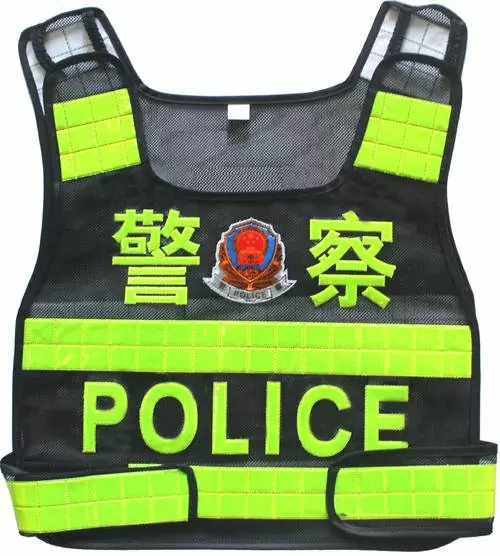
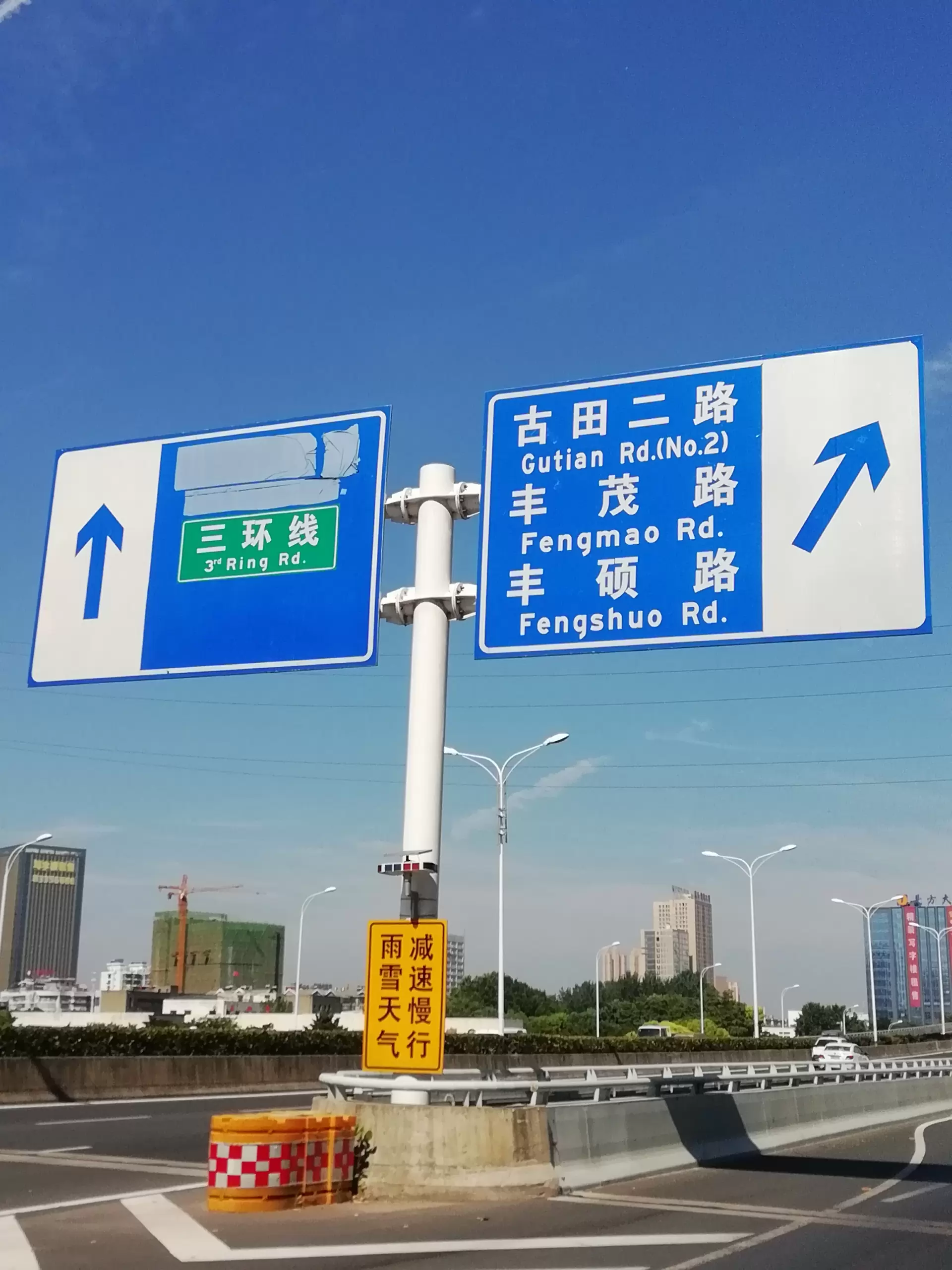
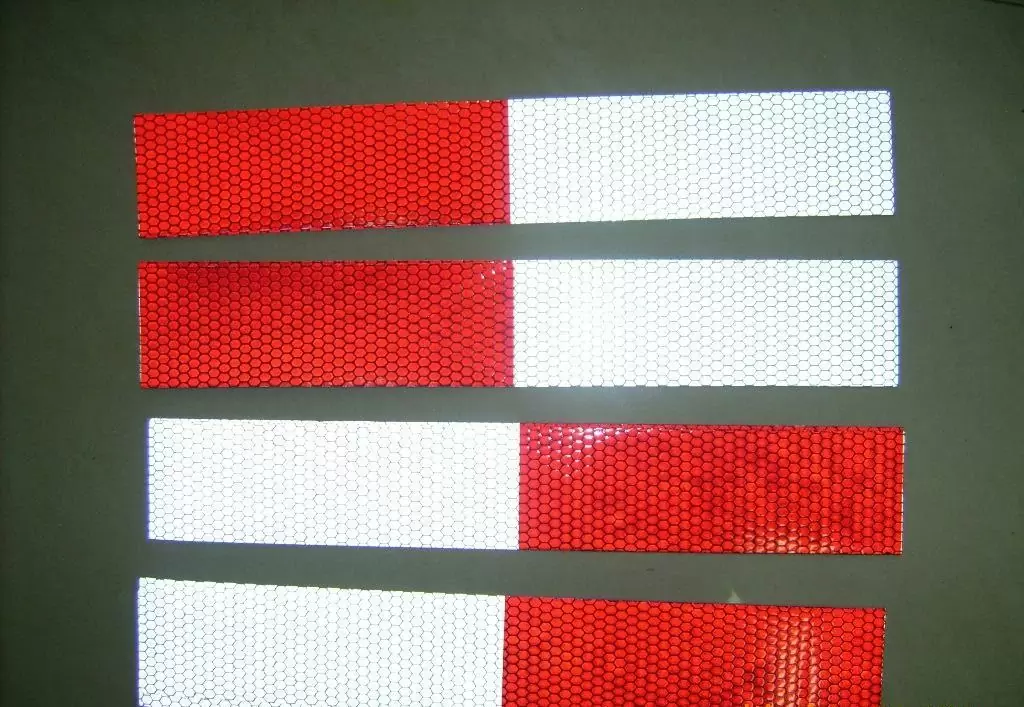
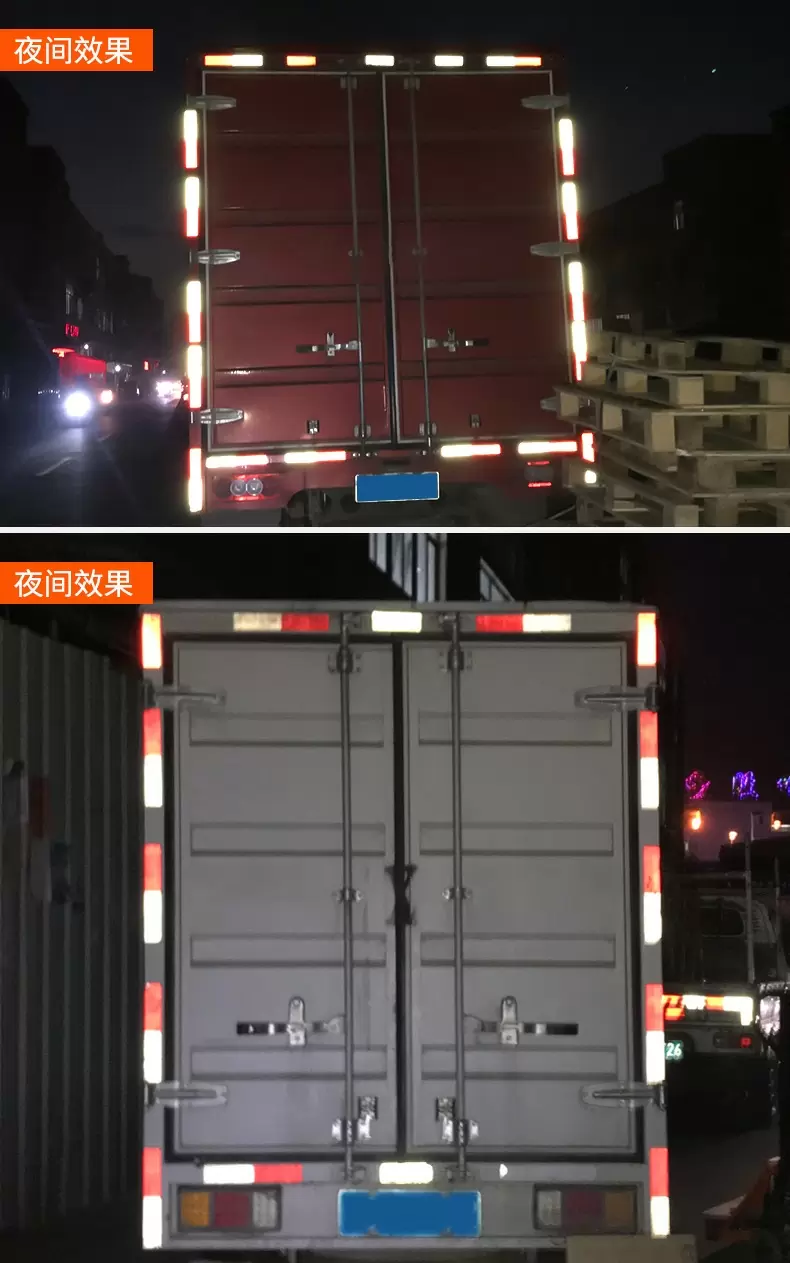
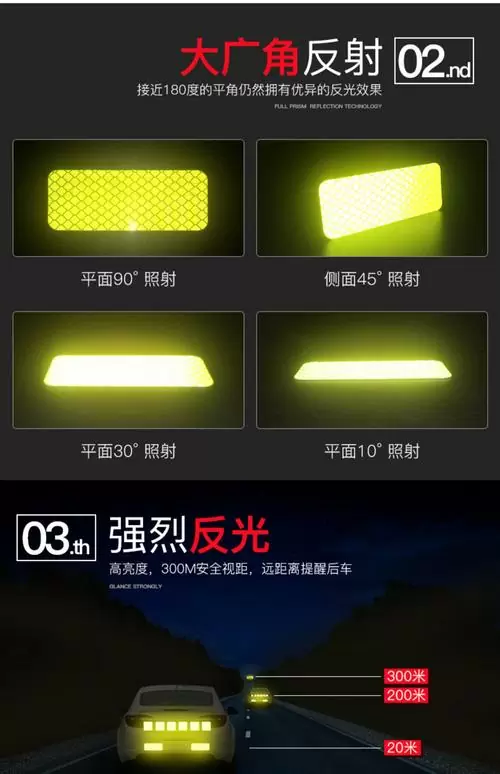
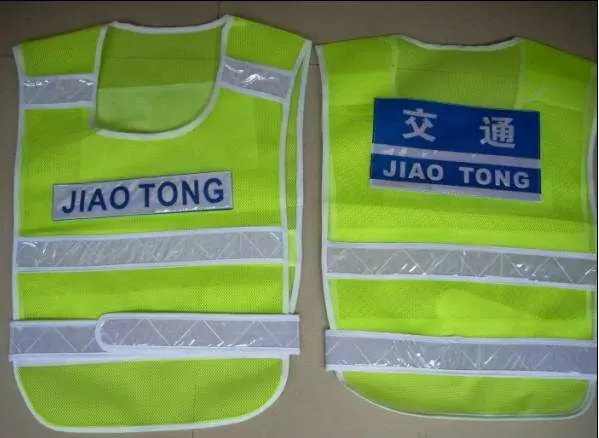
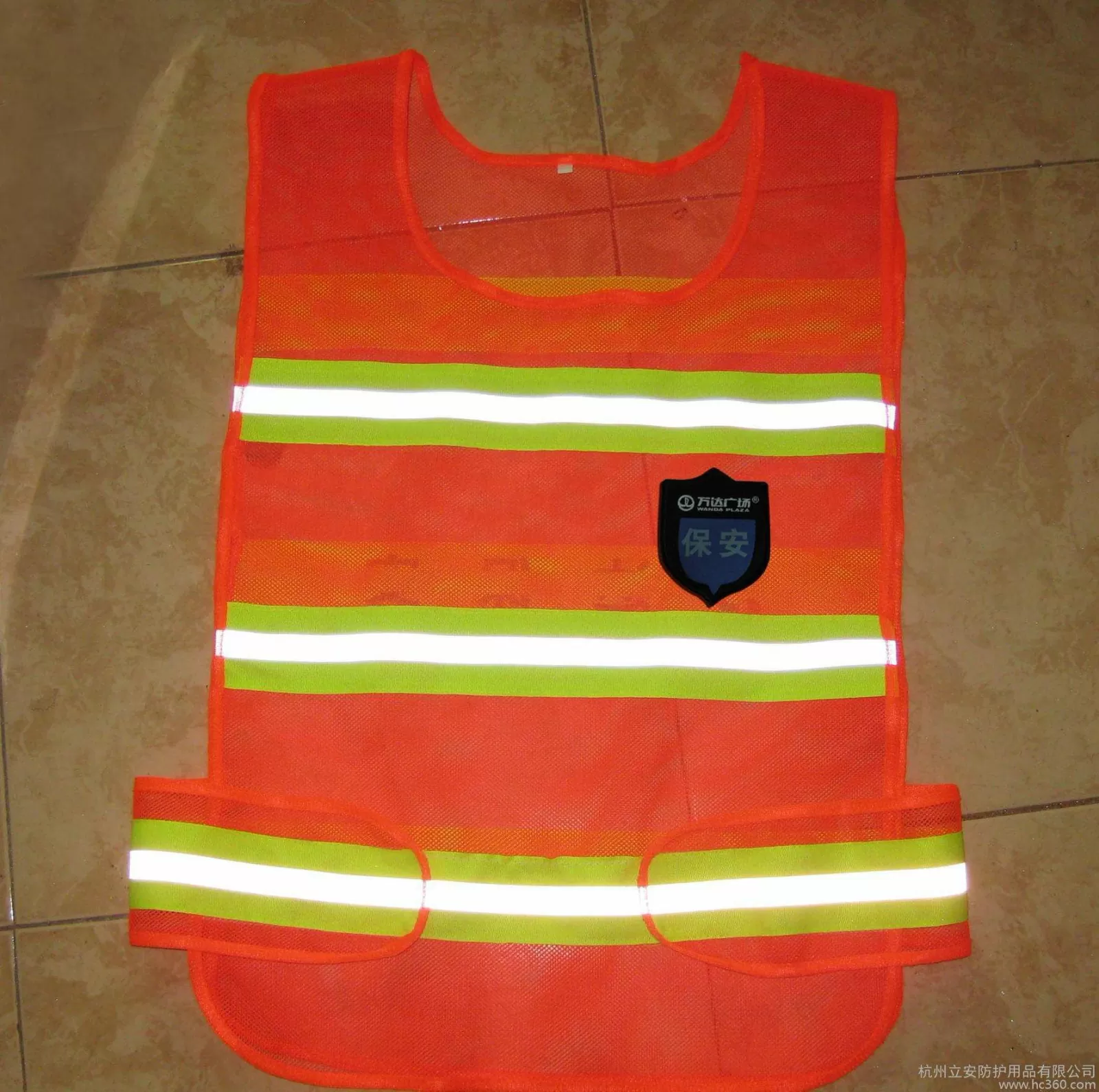








The realization of the retroreflective function of light is achieved through various reflective materials with retroreflective properties. Most of these materials are not formed naturally in nature, but rely on human creativity and acquired new synthetic materials. Retroreflective technology brings together a variety of disciplines and technologies such as optics, materials science, mathematics, and organic chemistry.
Reflective materials are based on the principle of retroreflection, which can use the illumination of car lights and the reflection of light to "light up" the front and increase the distance for the driver to find objects in front, so as to give the driver more time to take appropriate safety measures measure. Compared with other types of road traffic safety measures, compared with the cost of reducing road traffic accident injuries, the application of retroreflective technology is undoubtedly a low-cost and effective solution.
The retroreflective coefficient grade of the reflective film for traffic signs.
Reflective film has 5 grades, each grade has a corresponding retroreflective coefficient, and the retroreflective coefficient also distinguishes colors. Different colors have different requirements, and its retroreflective coefficient is also different. The following figure shows you the reflection of traffic signs The retroreflective coefficient of the film.
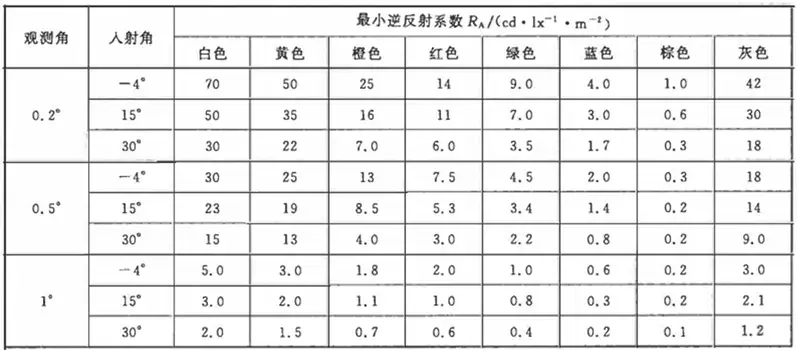
The performance of retroreflective coefficient of traffic sign reflective film.
The main quality identification points of the reflective film: the material of the film, the reflective coefficient of the glass column, the bead rate, the dead bead rate, the color uniformity, the weather resistance, the viscosity of the adhesive layer, etc. Among them, the reflection coefficient is very important.
The larger the retroreflective coefficient, the better the retroreflective performance of the reflective film. However, it is used as a traffic sign, especially for board characters, and the color of the reflective film for traffic signs has orange and better retroreflective performance, which is called wide-angle. good.
The retroreflective coefficient should not be too high, otherwise it may cause font bleeding and dazzling visual recognition. Everything has a degree, so the retroreflective coefficient also has a certain standard. Many drawings will indicate the retroreflective coefficient of traffic signs.
-
Previous page:
Transportation products -
Next page:
Special transportation facilities

